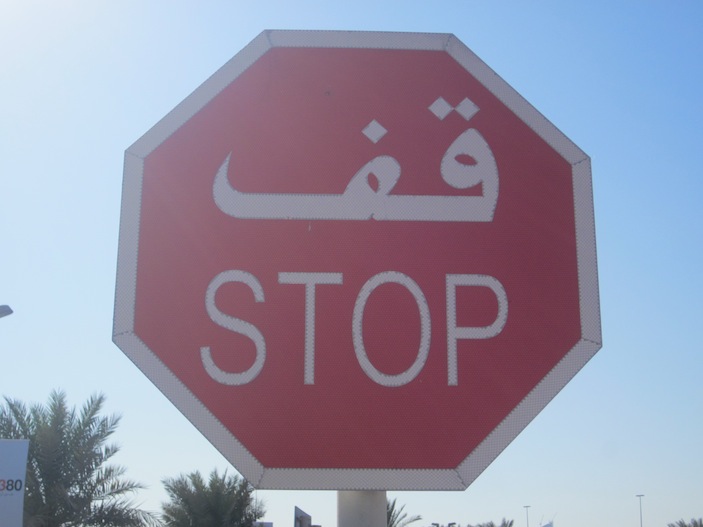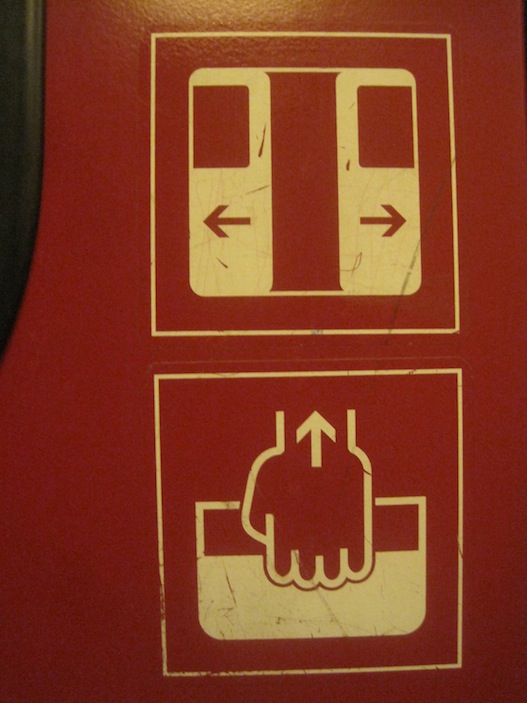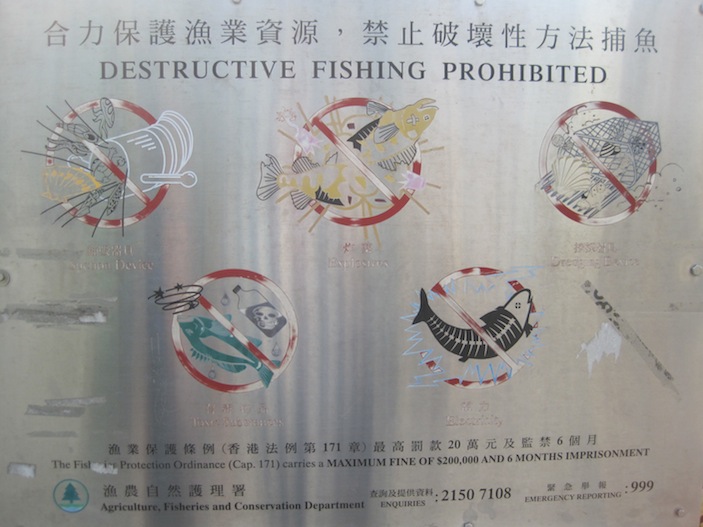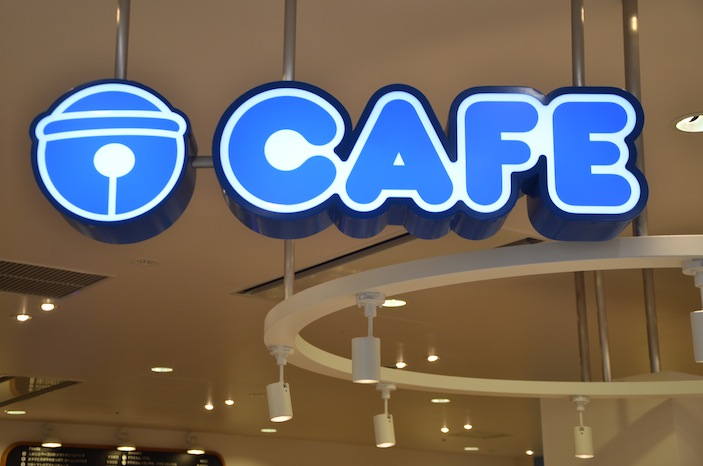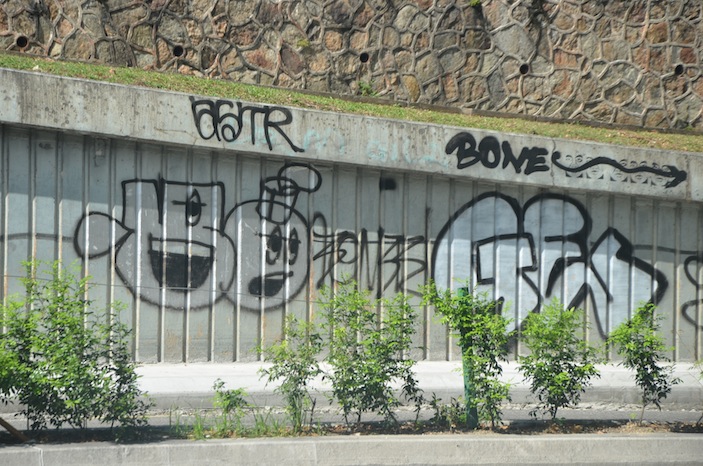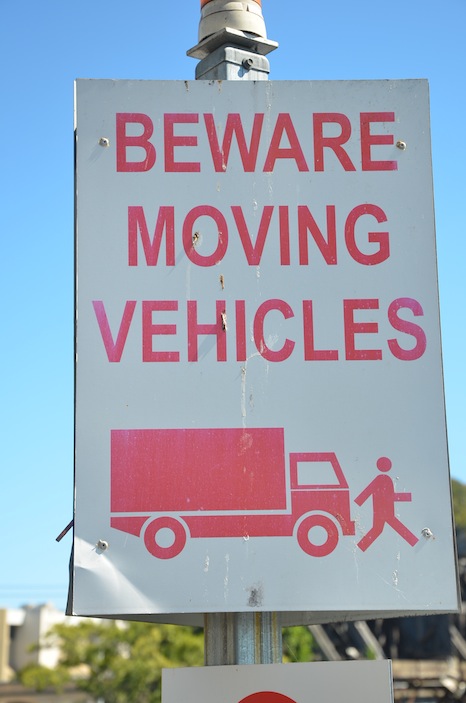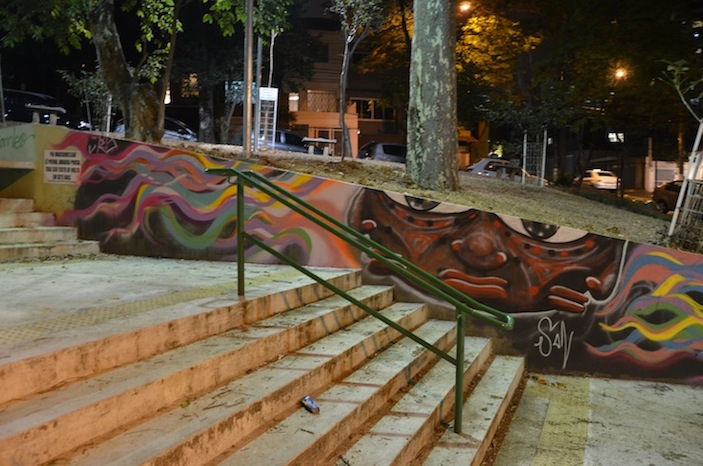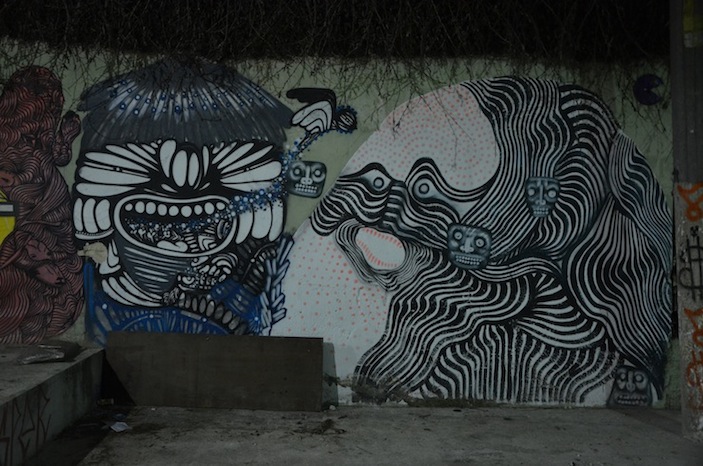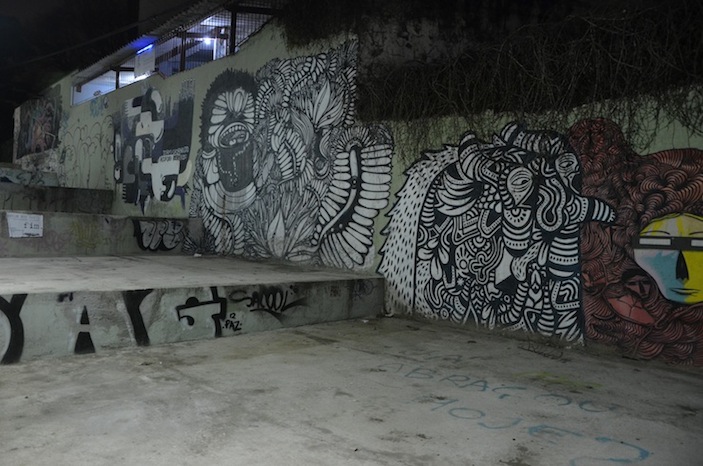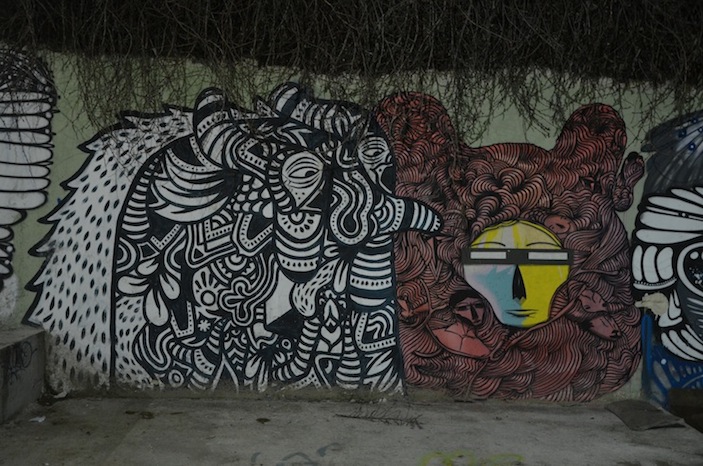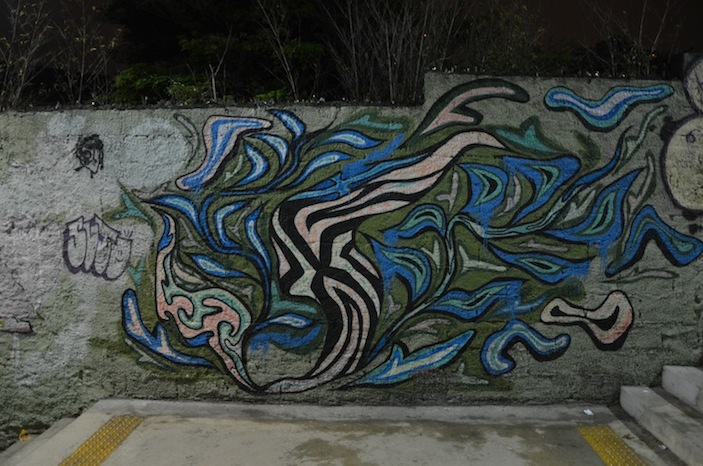Author Archive
IDamsterdam: Closing Doors!
IDhongkong: Destructive Fishing
IDsapporo: Doraemon Cafe!
IDkualalumpur: Art Wall
IDsydney: Beware!
IDparis: Happy Old Couple…
Race and Football in South Africa
We’ve talked before about South Africa’s love of football, digging into the rivalry between the Kaizer Chiefs and Orlando Pirates. But while that illustrated the country’s passion for the game, today we will discuss the particular importance of football to the nation’s primarily black population.
While cricket and rugby are also popular games here, those sports have been historically white in this country, and even with the abolishment of apartheid in 1994, have remained predominantly white. While some blacks and colored people have started a rise to cricket or rugby notoriety, football still remains the clear king among these groups. For many of these people, South Africa’s proudest moment to this day is winning the African Cup of Nations in 1996. This post will expand a bit upon the South African football world, giving you some nice information to break the ice with next time you find yourself in a social situation with a South African.
We have already discussed the Kaizer Chiefs—essentially the New York Yankees or Manchester United of South African football—and their rival Orlando Pirates. However, there are other South African clubs that have earned popularity since the nation’s Premier League inked an international broadcasting deal in 2007, generating funds (it is now the seventh-wealthiest league in the world) to attract more talent. Some of the most notable include the Mamelodi Sundowns (also known as the “Brazilians”) and SuperSport United—both based in Tshwane/Pretoria.
As far as competitions go, the regular-season Premier League is the biggest prize, but there are several others. The MTN 8 is an annual knockout tournament featuring the top eight Premier League finishers from the previous season, while the Telkom Knockout Cup is similar but extends invitations to all 16 Premier League teams. There is also the Nedbank Cup, which is an annual tournament that gives lower-division clubs a chance to compete with (and sometimes defeat) Premier League squads.
Of course, there is also the national team, affectionately know as Bafana Bafana (“the boys”) and Banyana Banyana (“the girls”). Bafana Bafana’s aforementioned 1996 African Cup victory was a shock following the nation’s failure to even qualify for the 1994 edition, and a huge windfall for the national psyche in the fragile post-apartheid era. The club also put on a formidable showing as host nation of the 2010 World Cup, kicking the tournament off in fine fashion with a brilliant strike from Siphiwe Tshabalala in the opening match. Banyana Banyana, meanwhile, has consistently been one of the top clubs in Africa.
IDsãopaulo: Vila Madalena Steps
IDroma: Why Italy Makes No Sense
Italy is romantic, sure. But Italy is far too romanticized, too.
While the Italy virgin surely holds hopes of evening strolls along calm waterways, perhaps stealing a kiss or two in the shadows of the Colosseum, or luxury shopping down Via Montenapoleone, to enjoy these things, it is almost comical the number of inconveniences that Italians seem to intentionally bestow upon foreign visitors.
Maybe it’s Italian pride, I don’t know. But I don’t possibly understand how urban planners, politicians, and the like can even fathom some of the design elements of Italy’s infrastructure that just make it impossible to navigate.
I’m no inexperienced traveler, either, by any stretch. With 43 countries under my belt, including four previous visits to this very country, I tend to be pretty street smart. I often rely on public transportation, I have a good sense of the layout of a city from just a quick glance at a map, and I manage to find my way. And yet in my last visit, which consisted of just 16 hours, I encountered not one, not two, and not three, but four massive inconveniences.
First, there is an express bus from Roma’s Fiumicino International Airport to Vatican City and Termini Station. Apparently. Despite having no fewer than 50 massive advertisements plastered throughout the arrivals area, finding the stop for it is virtually impossible. While it says “Bus Station No. 1” on the advert, it does not specify any operating hours, and does not give any additional instructions as to where this supposed Station No. 1 is. And when you follow the signs within the airport, the one that says “Shuttle” refers to a within-the-airport shuttle (despite the Express bus to Termini being called “Shuttle” as well). So upon that failure, I walked down to the “Local Bus Station,” only to find distance buses most of which do not go to Roma. The ones that did specify Roma on the departure screen were for the next day, and it was only about 23:00 at the time.
Upon making it on Trenitalia from Fiumicino to Roma Tiburtina Station, the timetable for the Metro specified that the last train leaves just after midnight. I was there about 10 minutes prior to that, only to find a roped off entrance area. This made me depend on a taxi, who typed my address into his GPS. I saw the route pop up, which was just two stops and about five minutes on the Metro, and it was about 3km away. About 20 minutes and 15 turns later, I arrived at my destination—with a 17 euro charge. I screamed at the man in English which he didn’t understand for driving me in a circle, making wild gestures, so he knew I had been here before, and he agreed to 10 euro, which I paid and left. Just expect it—if you don’t speak Italian, you will get ripped off by a taxi driver. If you don’t, it’s your lucky day. In my case, it was just funny that he insulted my intelligence by typing the address into the GPS, and continuously ignoring the suggested route as I watched the machine recalculate, and recalculate, and recalculate. He probably should have made sure I couldn’t see that, anyway, and may have gotten a few more euros out of me.
Fast-forward to the next day. I went to enter the Metro for the two-stop ride over to Tiburtina to catch a 14:03 train back to Fiumicino. When I was near the station, I realized I forgot something important at my friend’s flat, and literally sprinted back, about 800m, to grab it. I got on the Metro, and arrived at Tiburtina station at about 13:57…a semi-comfortable 6 minutes to make the connection. Except that at Tiburtina, as you exit the Metro, the overground trains are one direction, and the only place in the entire station you can purchase Trenitalia tickets is the other direction. Without a sign informing you of that, of course. So in my instinct, I just left Metro and walked towards my track platform, passing about 200m of wide-open hallway. And not a single automated ticket machine. In Italy, you cannot purchase tickets on board, either….so my only option to avoid a 100 euro penalty was to run back past the Metro, to the other side of the station where the ticket booth was. I saw a bank of about 20 automated machines, and was just dumbfounded why they could not put a single one of those machines either at the Metro exit, or in the direction of the train platforms.
I honestly believe that Italians do things this way just to laugh at foreigners…but that’s just my two cents.
.jpg)
